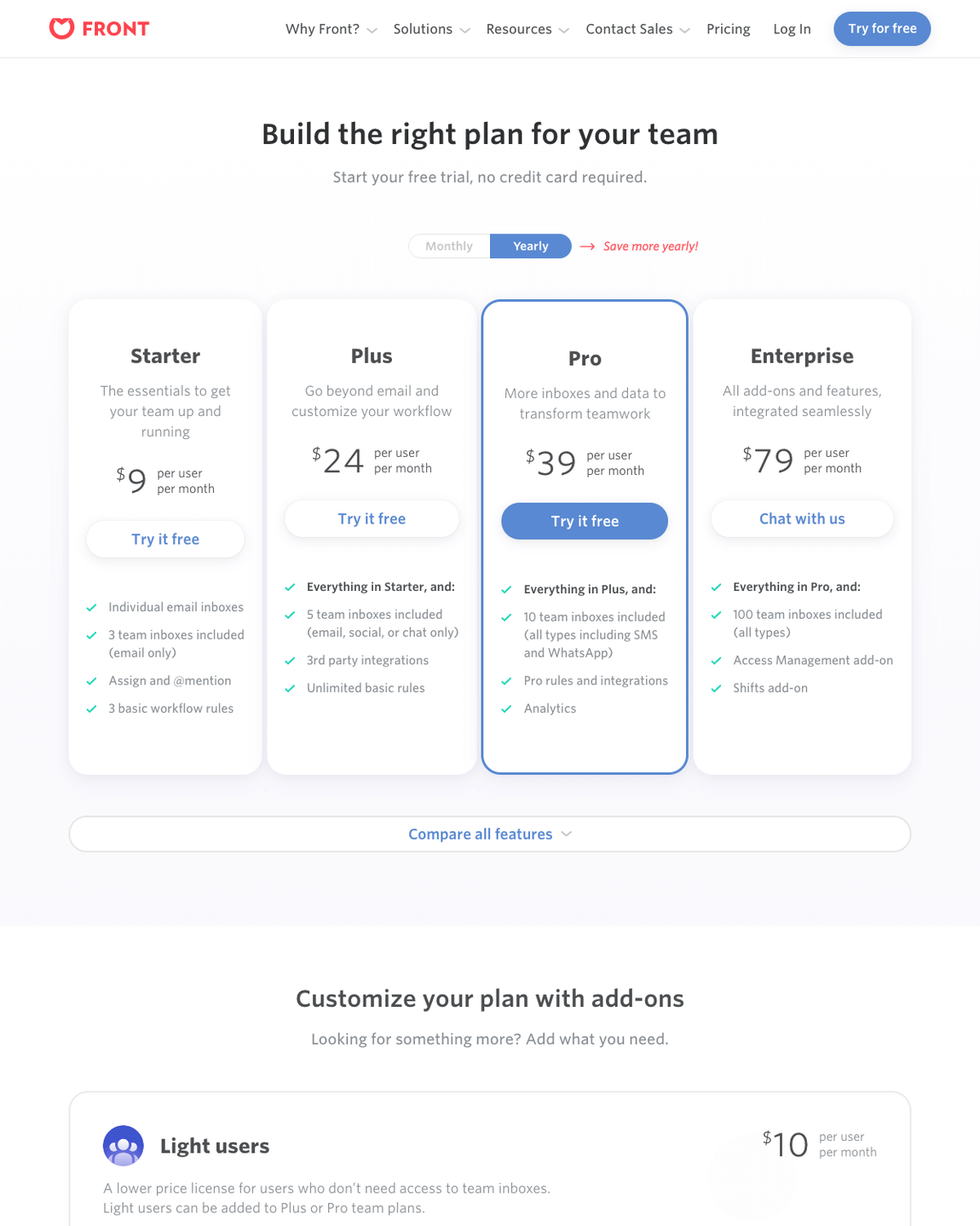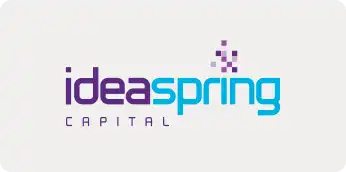This episode is a continuation of Getting SaaS pricing Part-1 , where Arvind and Varun bump it up a notch. In Part 1, we talked about how to figure out your pricing model in the early stages of product building and the common pitfalls of failing to get pricing iteratively right.
In Part 2, we discuss key features of a pricing plan like Naming of plans, the ideal number of plans to go with, Add-ons, Discounts, cost-based pricing and value-based pricing.
Listen on as the duo share insights from their own experience of having worked for and mentored other companies and of course getting the price right in their own respective startups. Enjoy the show!































